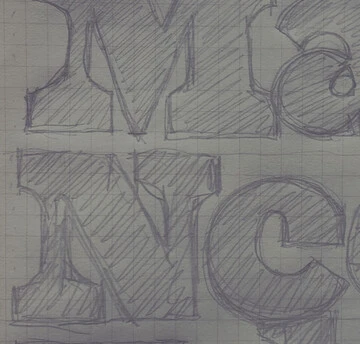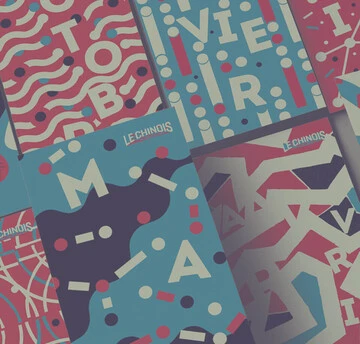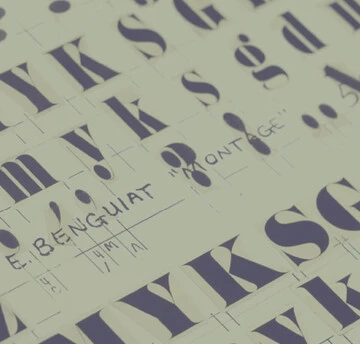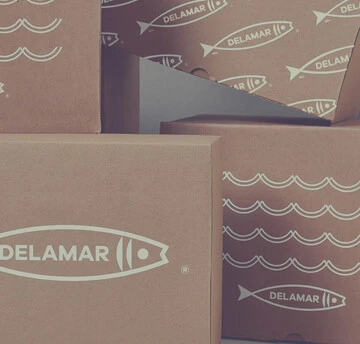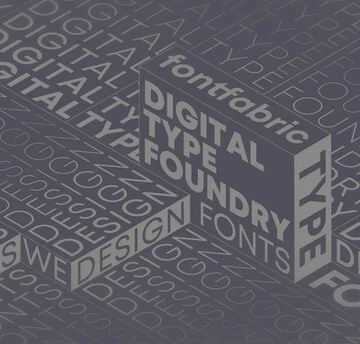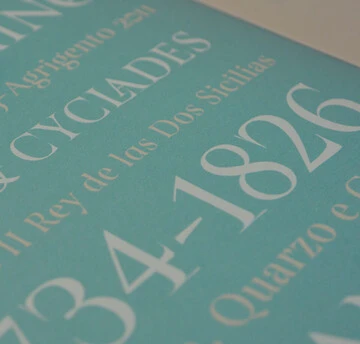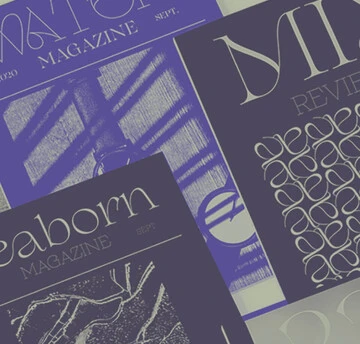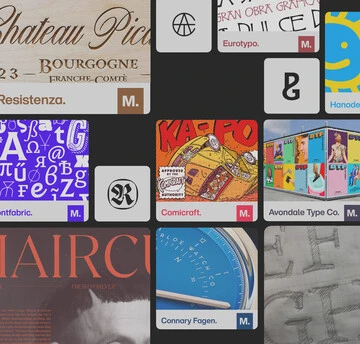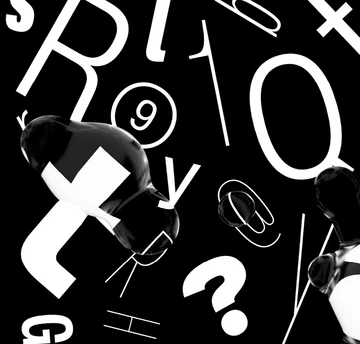Type trends.
Tag: Type trends.
47 articles
After a year like no other, and with an ever-changing future ahead, it is truly an exciting time for the creative industry. Join Charles Nix and Phil Garnham from the Monotype Studio for an in-depth look at the typographic trends that have emerged from this experience.

Phil Garnham, Senior Creative Type Director at Monotype Studio explores the evolution of type in digital and celebrates the heritage at the heart of the Burger King rebrand.
First published on BITE

Charles Nix, Monotype Creative Type Director, demonstrates how new variable font technology will enable designers to create with exciting, engaging, and effective typography.

As businesses continue to ramp up their digital offerings amidst the Covid-19 pandemic, many designers, brands and agencies are turning their attention to variable fonts. But for many, the question remains: What are variable fonts, and what is the potential of variable fonts to transform how we are communicating on the web?

In an innovative and dynamic approach to the new Variable font format, Fontsmith (now part of the Monotype Studio) and Dutch branding agency VBAT created a responsive logo font for Amsterdam’s new WPP campus — a logo which changes according to interaction and time, as people move throughout the space so do its letterforms.

When it comes to your brand, your customers aren’t just evaluating your logo or your colors or the typography, they’re evaluating how your brand makes them feel. More than anything, brands are built on feelings—all the thought you put into design and the experience is simply in service of creating a feeling.

As people—and brands—continue sprinting toward digitally immersed experiences, a human, personal online presence will make a big difference. Here’s how can design help make that possible.

See how we helped Duolingo find its voice (and its wings) with a custom brand font.

We’ve compiled six common myths around the role of text in augmented and virtual environments and reasons why these challenges don’t hold true.

You know what they say, “classics never go out of style.” Maybe this is true, maybe it isn’t. But one thing is certain: When sans serifs took over typography in the early 1900s, they weren’t just a fad. They came to stay.

Sans serifs have long dominated the world of corporate branding, but some companies are going for a different look: Fun, funky serifs. What's behind the change?
